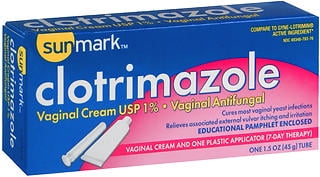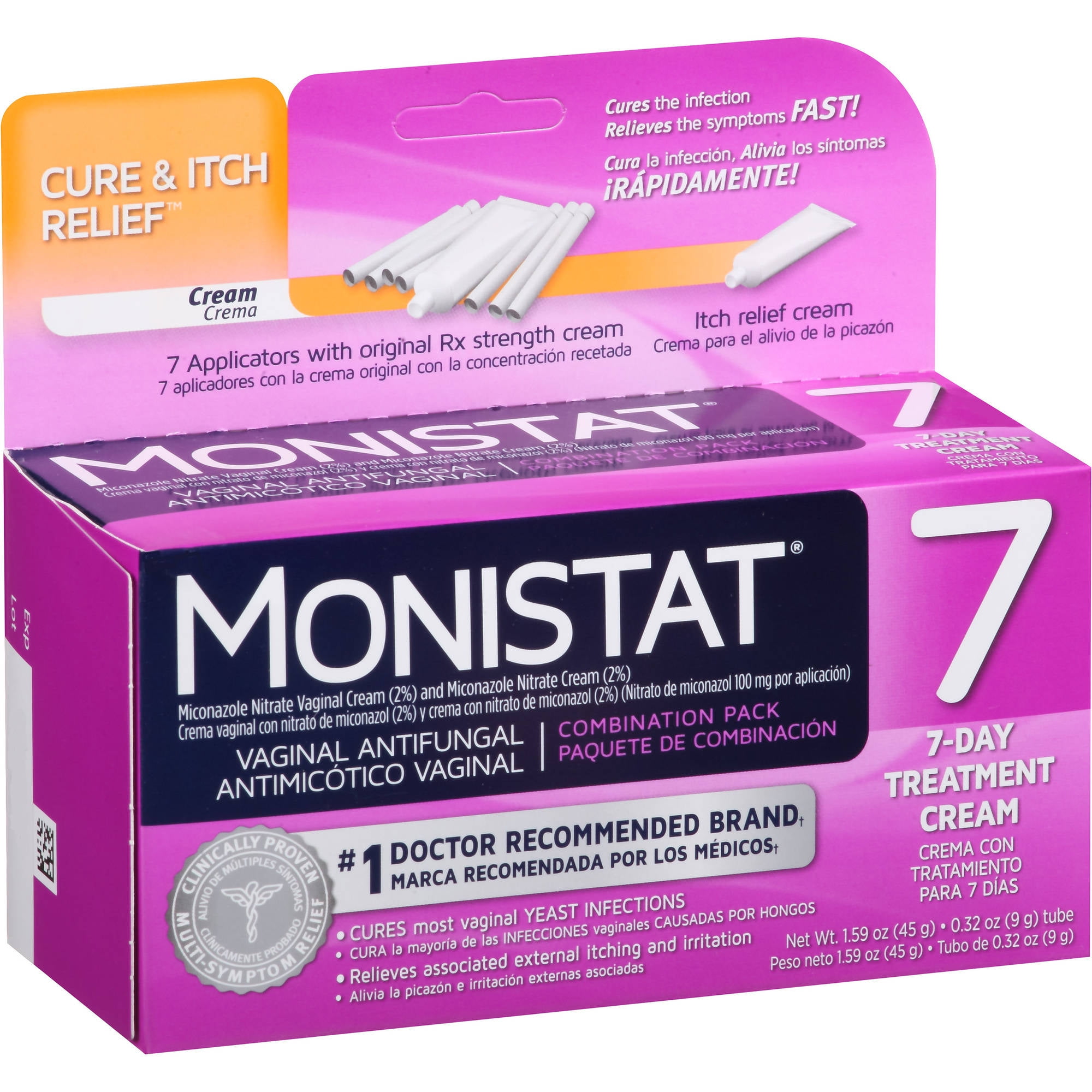

Or natural remedies for Vaginal Yeast Infection. The following products are considered to be alternative treatments View more FAQ Alternative treatments for Vaginal Yeast Infection

Monistat-1: white discharge and burning, is this normal?.

Does fluconazole flush out yeast/discharge?.Can you have a vaginal yeast infection if you have no uterus?.The following list of medications are in some way related to or used in the treatment of this condition.įor consumers: dosage, interactions, side effects They should also avoid wearing restrictive, synthetic clothing, or change out of such clothing as soon as possible after exercising or swimming.ĭrugs used to treat Vaginal Yeast Infection Women should wipe from front to back after a bowel movement, urinate before and after sex, and avoiding using douches, vaginal sprays, and scented feminine hygiene products. The risk of yeast infections may also be lessened by staying hydrated and urinating when the need arises, not holding it in. How can you Prevent Vaginal Candidiasis?Įating natural, unsweetened yogurt that contains Lactobacillus acidophilus may help prevent yeast infections occurring. Symptoms usually resolve quickly, although in more severe cases treatment may be needed for up to two weeks. Treatment of vaginal candidiasis usually involves topical or oral antifungals, such as butoconazole, clotrimazole or fluconazole. A thick, white, odor-free, discharge (may resemble cottage cheese).A burning sensation, especially during intercourse or while urinating.Intense itching or irritation around the genital area.Symptoms of a vaginal candidiasis range may include: What are the Symptoms of Vaginal Candidiasis? Some women are prone to yeast infections and get them relatively regularly. Women who aren’t sexually active can also get them. Wearing tight underwear and synthetic clothes that don’t breathe.Īlthough vaginal yeast infections are not considered a sexually transmitted infection, sexual intercourse can trigger or spread them.Using vaginal douches or vaginal sprays.A healthy vagina contains bacteria and some yeast cells, but a disruption in the balance of yeast and bacteria causes an overgrowth of yeast cells and symptoms of vaginal thrush.įactors that may cause a disruption in the balance of bacteria and yeast include: Vaginal yeast infections are caused by an overgrowth of yeast within the vagina, and are very common, affecting around 75% of women at least once in their lifetime. The yeast, Candida Albicans, is the most common cause of vaginal candidiasis. Vaginal yeast infections are also known as candidiasis or vaginal thrush. Vaginal yeast infections are common in women, but yeast infections may also affect the mouth, gut, penis, anus, and other parts of the body. Vaginal candidiasis is a type of yeast infection in the vagina that is caused by the Candida fungus.


 0 kommentar(er)
0 kommentar(er)
